1. Lord Timothy Dexter
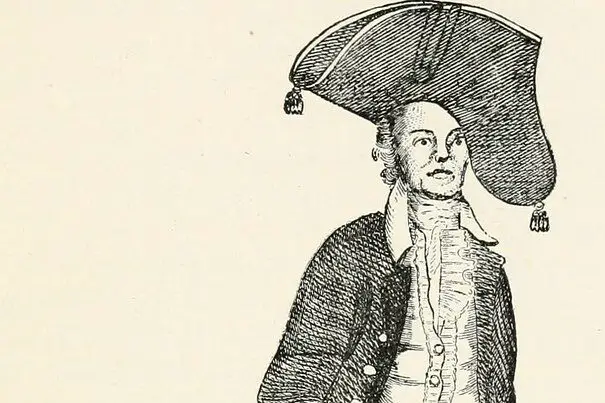
Lord Timothy Dexter was a self-proclaimed “Lord” from Massachusetts in the 18th century who made a fortune selling goods people didn’t even want—like sending warming pans to the Caribbean. Turns out, locals used them as molasses ladles, and Dexter walked away richer than ever. He had no formal education, yet he styled himself as a philosopher, economist, and even author. His book, A Pickle for the Knowing Ones, had no punctuation, bizarre spelling, and was somehow wildly popular says All That’s Interesting.
Dexter once faked his own death just to see how people would react. When his wife didn’t cry at the funeral, he publicly shamed her for not grieving enough. He surrounded his estate with wooden statues of famous men like Napoleon and George Washington and referred to himself as “the greatest philosopher in the Western world.” It’s hard to believe this strange character was real, let alone successful—but textbooks usually skip him altogether adds Patch.
2. Joshua Norton
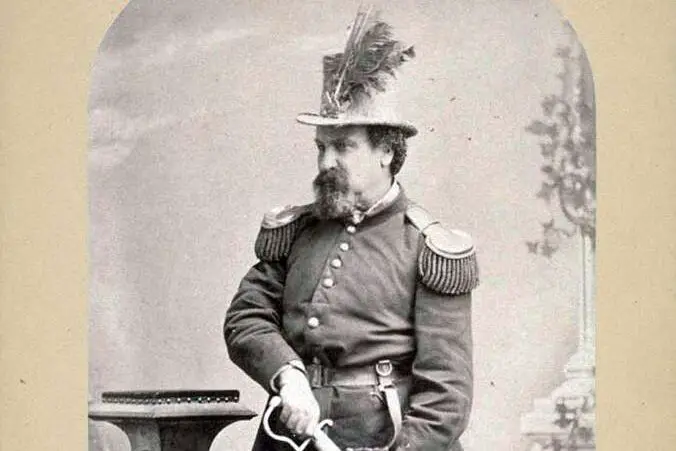
Joshua Norton declared himself “Emperor of the United States” in 1859, and what’s wild is that people just kind of went along with it. He was a failed businessman in San Francisco who reinvented himself as Emperor Norton I, complete with royal decrees, a military-style uniform, and even his own currency, which some local businesses accepted. He wasn’t officially recognized by the government, of course, but locals adored him. Newspapers printed his proclamations, and city officials often played along says the Economic Times.
He once ordered Congress to be dissolved and demanded the construction of a bridge between San Francisco and Oakland—an idea people laughed at then, but it eventually became the Bay Bridge. Despite being penniless, he dined for free in many restaurants and had front-row seats at events. When he died in 1880, over 10,000 people attended his funeral. His eccentricity might have kept him out of textbooks, but in his city, he was royalty in every way that mattered adds KQED.
3. Queen Christina of Sweden
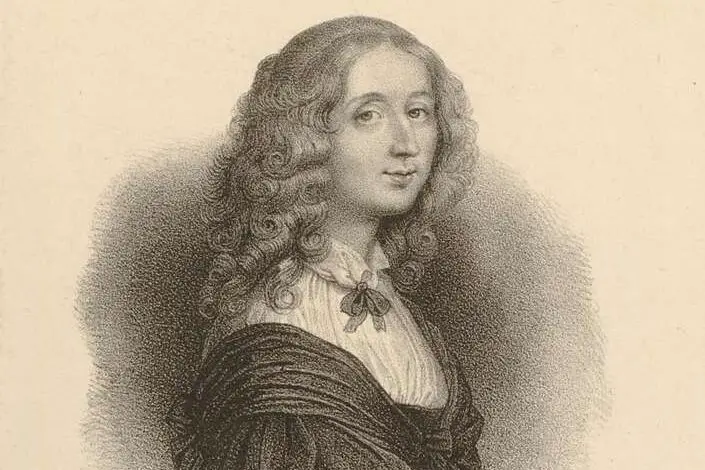
Queen Christina ruled Sweden in the 1600s but never quite fit the mold of royalty. She wore men’s clothing, refused to marry, and was more interested in philosophy and art than politics or war. Her court was filled with scholars, artists, and thinkers, which made her a cultural icon—but a political nightmare. She eventually abdicated the throne at just 28 years old and converted to Catholicism, which scandalized her Protestant nation.
After leaving Sweden, Christina wandered across Europe, often living beyond her means and stirring up controversy wherever she went. She once tried to claim the throne of Naples and even got caught in a few assassination plots. Her refusal to conform made her fascinating but inconvenient to the powers that be. Today, she’s rarely more than a footnote in Swedish history classes.
4. Emperor Norton
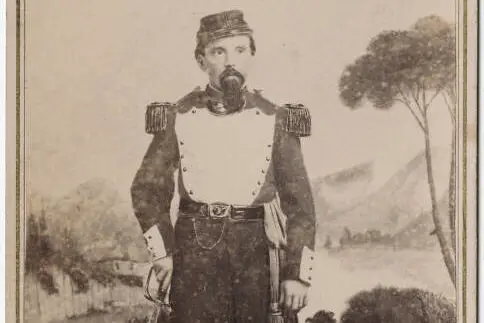
Joshua Abraham Norton declared himself Emperor of the United States in 1859, despite having no actual power or army. San Franciscans adored him, though, and treated him like royalty. Local businesses accepted his homemade currency, and newspapers printed his proclamations, including one demanding the dissolution of Congress. He even called for a bridge between San Francisco and Oakland—something that eventually became real.
Norton wandered the city in elaborate uniforms with a feathered hat and was often given free meals and theater seats. When he died in 1880, thousands of people attended his funeral. He may not have ruled a nation, but he ruled hearts. Still, he’s too eccentric for most textbooks to handle.
5. Julie d’Aubigny
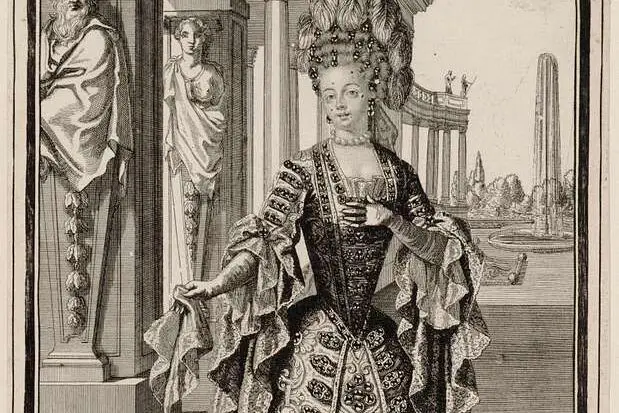
Julie d’Aubigny was a 17th-century French opera singer who also happened to be a master swordswoman and serial duelist. She ran off with a fencing instructor at a young age, dressed as a man, and lived a life full of scandal and sword fights. She once rescued her girlfriend from a convent by faking her death and setting the place on fire. Julie was eventually charged with kidnapping, body snatching, and arson—all in one go.
Despite the chaos, she had an extraordinary singing voice and was a star in Paris’s opera scene. She often beat men in duels and openly had relationships with both women and men. Somehow, she always managed to charm her way back into high society. Her wild life just didn’t align with the buttoned-up version of history many schools prefer to teach.
6. Ignaz Semmelweis
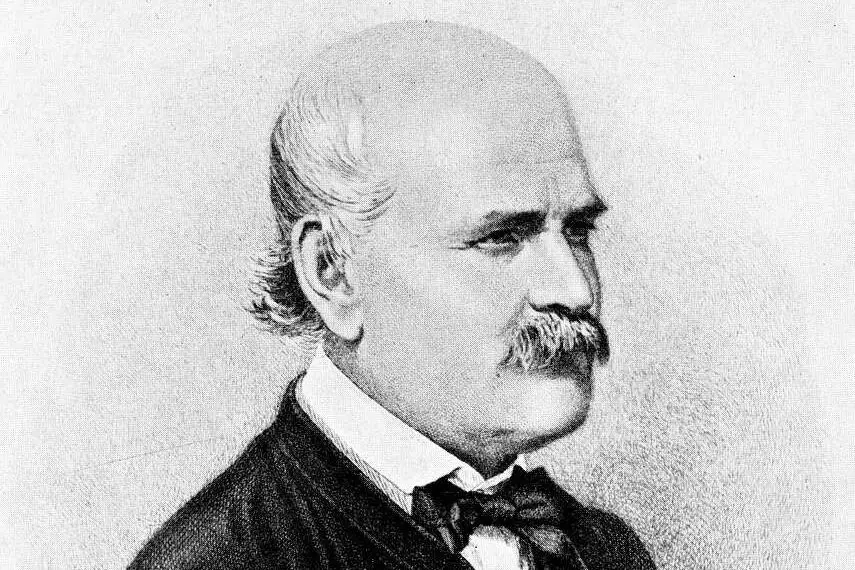
Ignaz Semmelweis was a 19th-century Hungarian doctor who noticed something strange—mothers died less often when doctors washed their hands. He insisted that handwashing with chlorinated water could save lives, especially in maternity wards. But his colleagues mocked him, claiming he was insulting their honor by suggesting they were dirty. He was ridiculed so badly that he lost his job.
Semmelweis eventually suffered a breakdown and was committed to an asylum, where he died from an infected wound. It wasn’t until years after his death that germ theory proved he was right all along. He’s now called the “savior of mothers,” but his story was ignored for decades. Being too ahead of his time cost him everything.
7. Grigori Rasputin
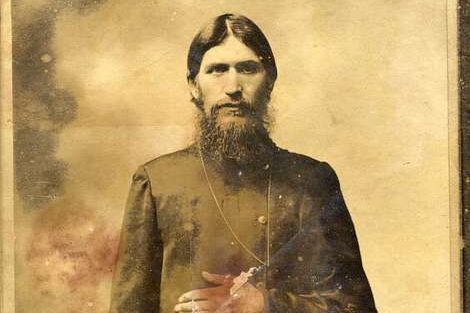
Rasputin was a Russian mystic who wormed his way into the royal family’s inner circle in the early 1900s. He claimed to have healing powers that could ease the young heir’s hemophilia, and for a while, it seemed to work. That earned him the trust of Tsarina Alexandra, who defended him fiercely, even as rumors of his debauchery spread. He drank excessively, took lovers freely, and bragged about his connection to the royal family.
Eventually, nobles decided he had too much influence and plotted to kill him. They poisoned him, shot him, and finally drowned him—but Rasputin just wouldn’t die easily. His dramatic murder made headlines, but not schoolbooks. He was too strange, too messy, and too mystical for the history teachers of old.
8. Caravaggio
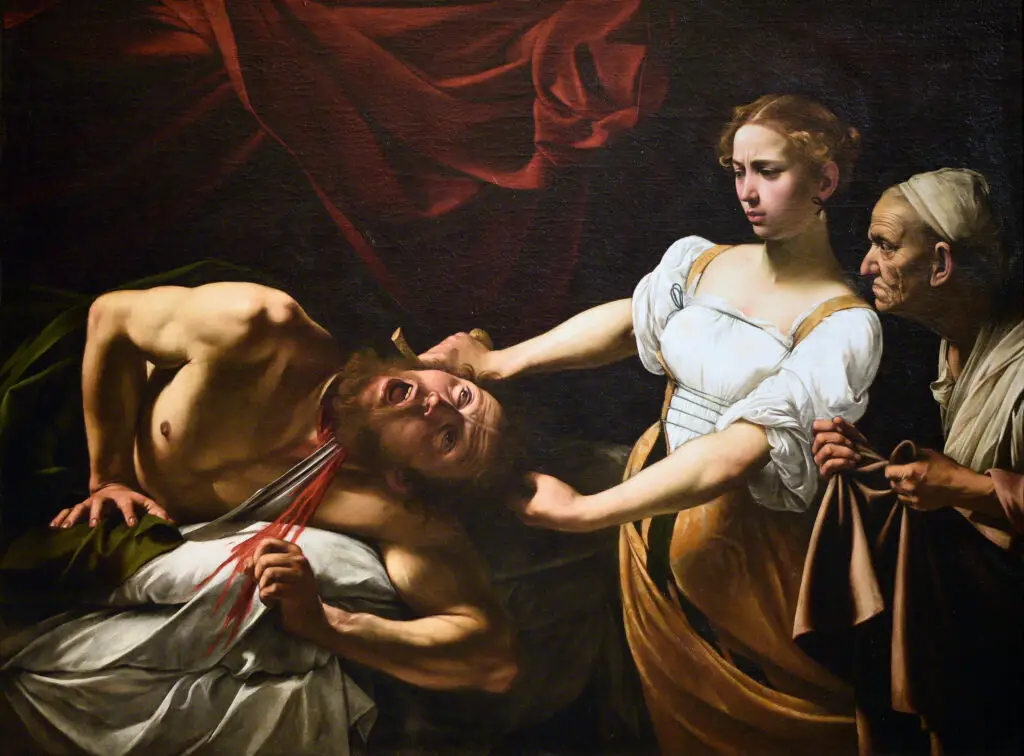
Michelangelo Merisi da Caravaggio was a gifted painter with a habit of solving arguments with violence. He revolutionized art with his use of light and realism, but his personal life was pure chaos. He brawled in the streets, vandalized homes, and once killed a man over a tennis match. He spent much of his adult life fleeing arrest warrants.
Despite his bad behavior, churches kept commissioning him for major works. He painted saints and sinners with equal grit, often using people from the streets as models. His death at age 38 is still a mystery—some say it was murder, others say it was illness. Either way, he’s more famous now than ever, but his turbulent life gets glossed over in school.
9. Mary Anning
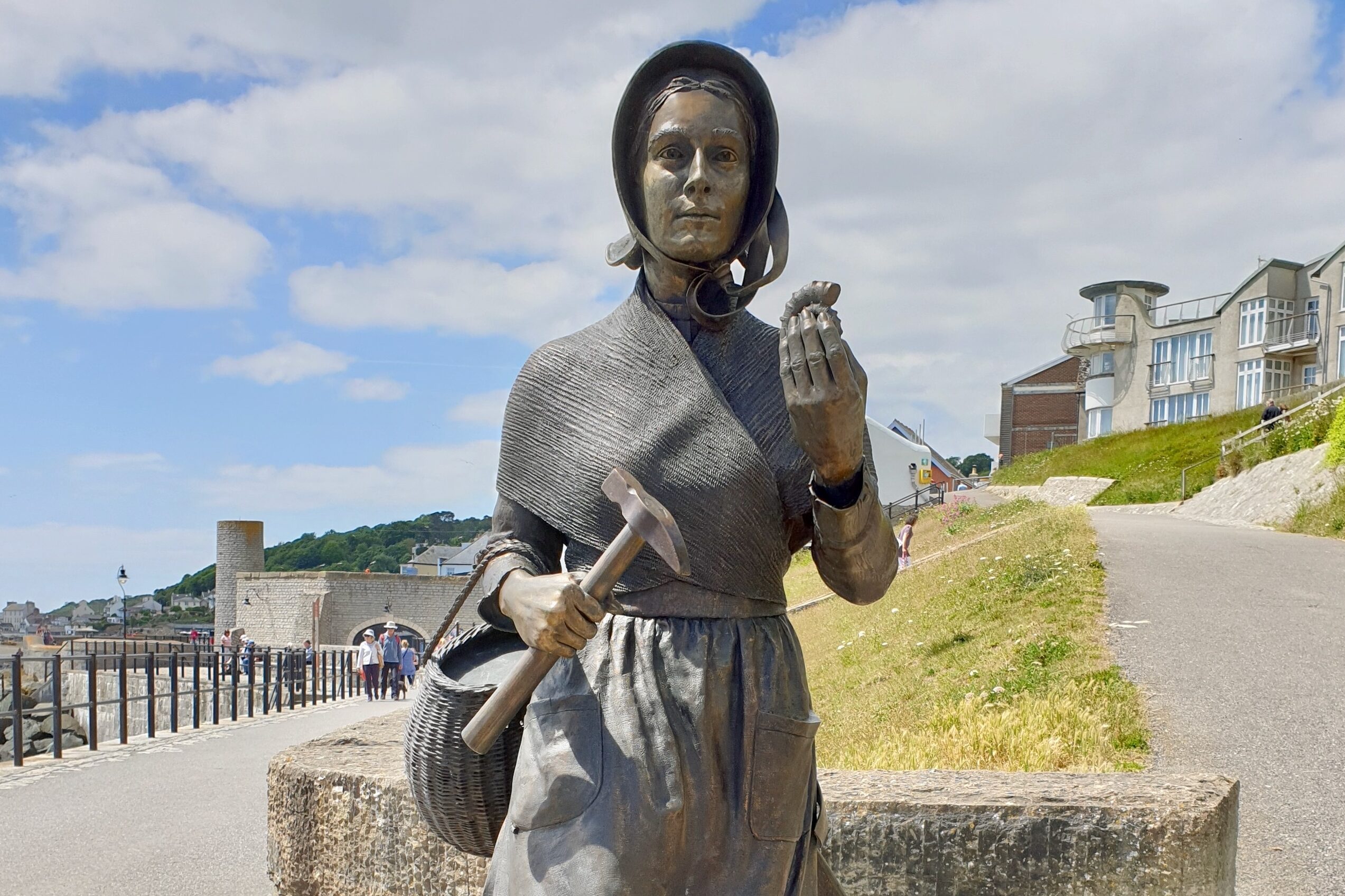
Mary Anning was a poor, working-class woman in 19th-century England who discovered some of the world’s first complete dinosaur fossils. She taught herself anatomy and geology and made major contributions to paleontology—all before women were even allowed to join scientific societies. Her discoveries included the first ichthyosaur and plesiosaur skeletons, but she rarely got credit in her lifetime.
Scientists often bought her finds and published under their own names. She struggled financially despite her brilliance, and her gender and class made it easy for historians to leave her out. Charles Dickens once wrote about her, calling her a “celebrated fossilist.” But textbooks didn’t really catch up until long after her death.
10. Nikola Tesla

Nikola Tesla was a brilliant inventor who gave us alternating current, remote control, and even early ideas for wireless communication. But he was also deeply eccentric, claiming to communicate with pigeons and fearing jewelry and round objects. He hated touching hair and would walk around a block three times before entering a building. Still, his mind raced with revolutionary ideas.
Thomas Edison overshadowed him for years, despite Tesla’s contributions being arguably more impactful. Toward the end of his life, he lived alone in a New York hotel, feeding pigeons and dreaming of death rays. He died broke and mostly forgotten. Only in recent years has his genius been widely celebrated.
11. Ludwig II of Bavaria
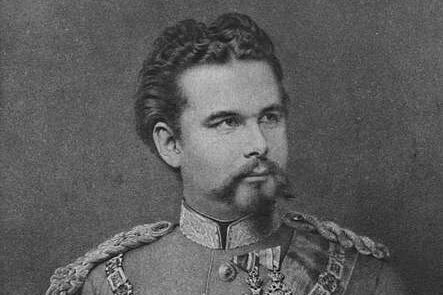
Ludwig II was dubbed the “Mad King” of Bavaria, but he saw himself more as a fairy tale ruler. He built extravagant castles, including the famous Neuschwanstein, which looks like something straight out of a storybook. He hated politics and preferred the company of artists and musicians, especially Richard Wagner, whom he supported financially. His obsession with fantasy over reality worried his ministers.
Eventually, they declared him mentally unfit to rule and removed him from the throne. Just days later, Ludwig died mysteriously in a lake alongside his psychiatrist. His life was full of beauty and mystery, but his aversion to traditional power made him easy to erase. Today, his castles draw millions, but his story still lingers in the shadows.
12. Hetty Green
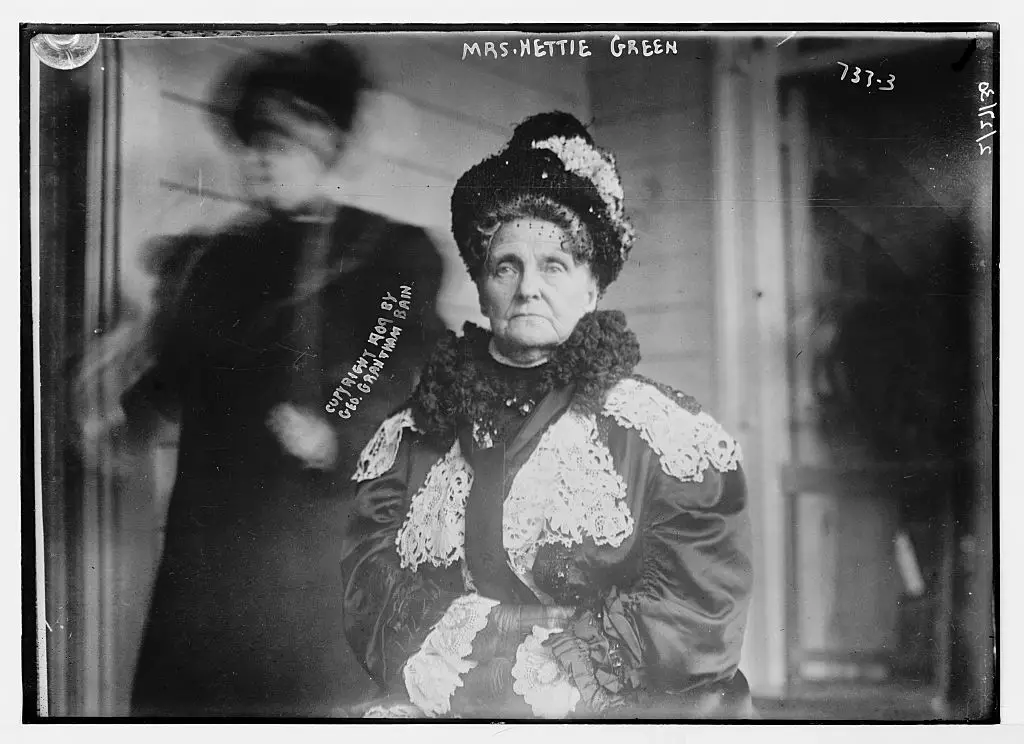
Hetty Green, nicknamed the “Witch of Wall Street,” was one of the richest women of the Gilded Age. She wore the same black dress every day, pinched pennies like no one else, and once refused to pay for her son’s medical treatment until she found a free clinic. He later lost his leg. Her thriftiness bordered on obsession, but she was a financial genius.
Green turned a modest inheritance into a fortune through smart investments in railroads and real estate. She managed her empire from a bank lobby because she didn’t want to pay office rent. Despite her wealth, she lived like a pauper and distrusted nearly everyone. She broke every rule of high society, and history quietly pushed her aside.
